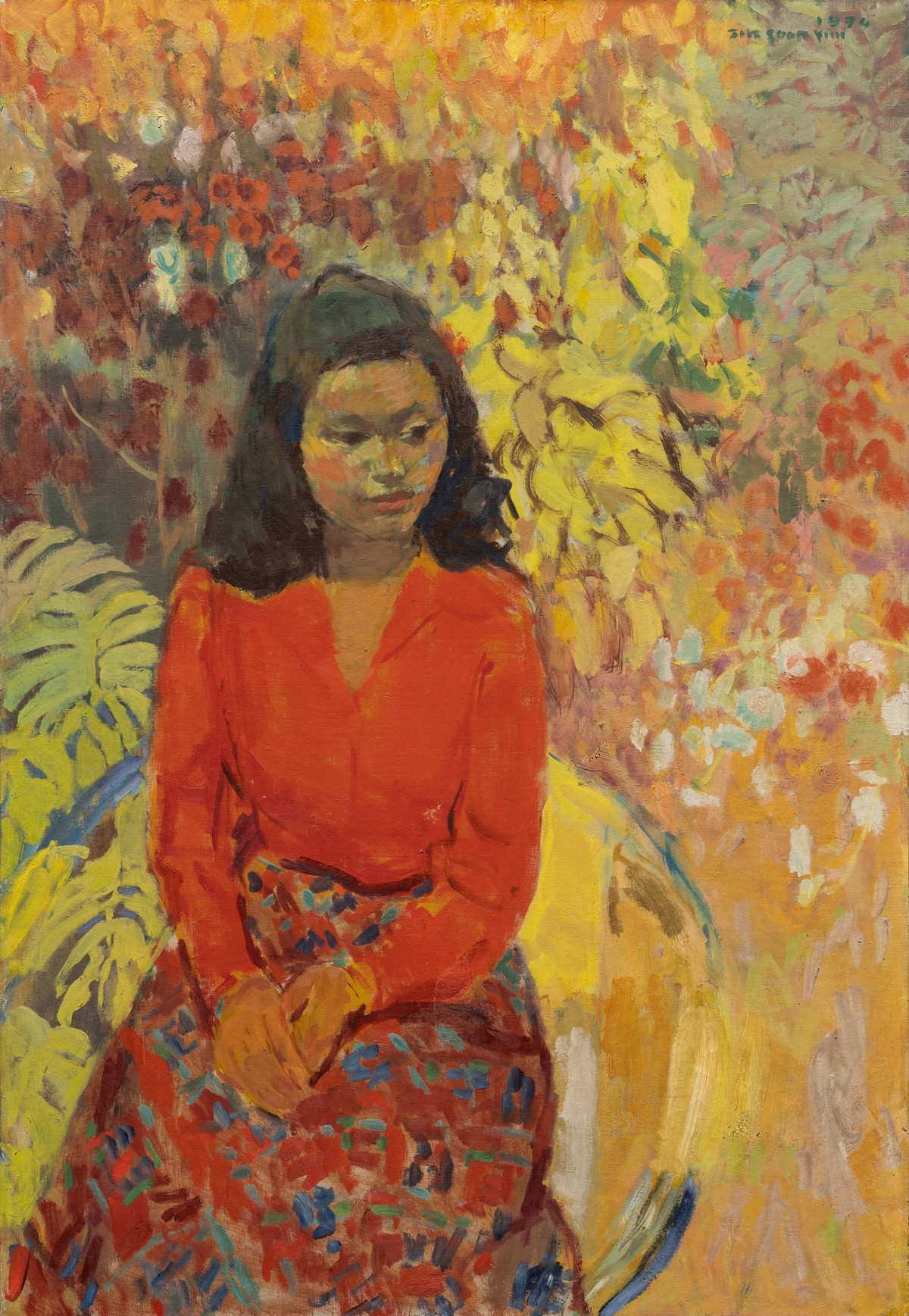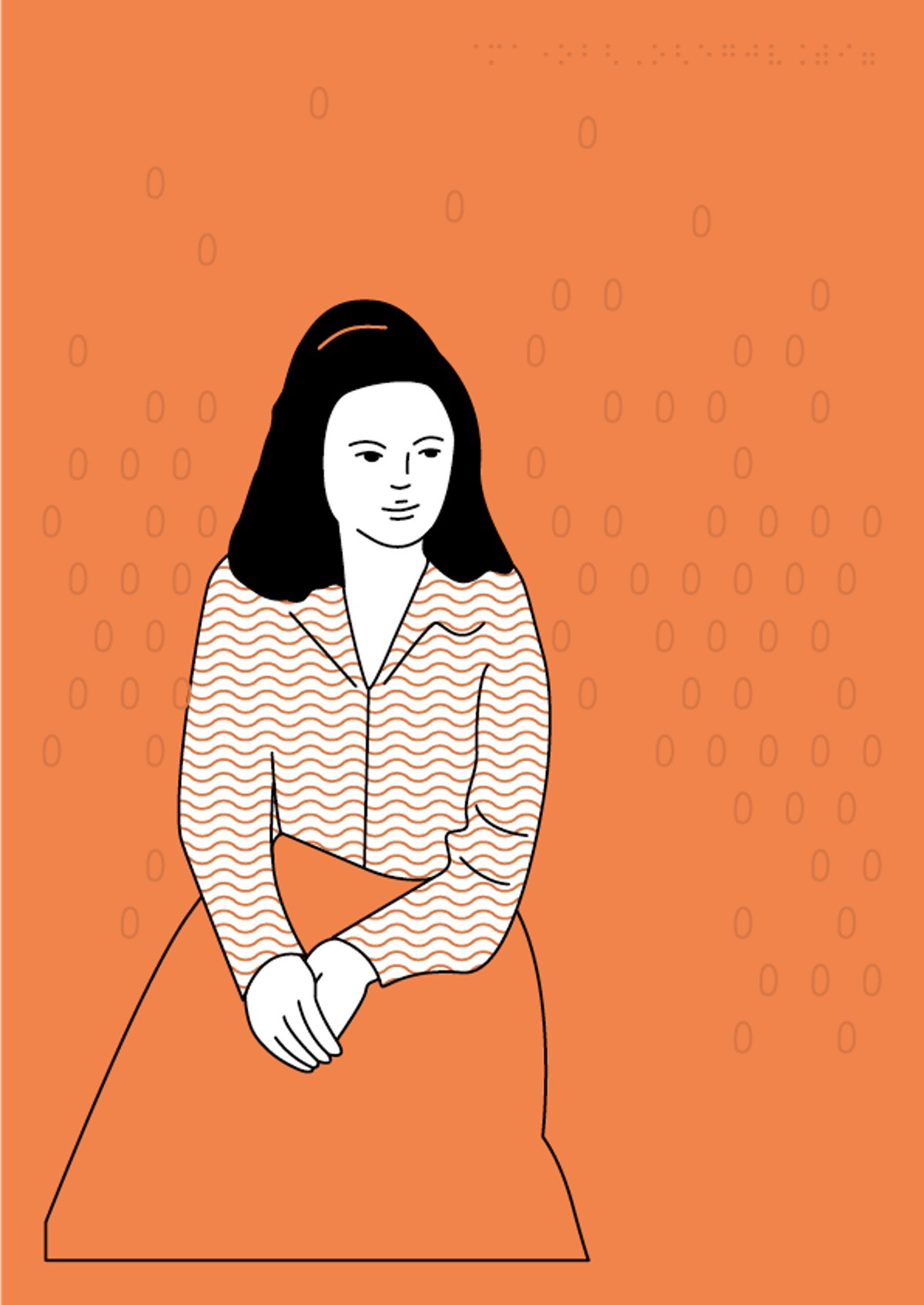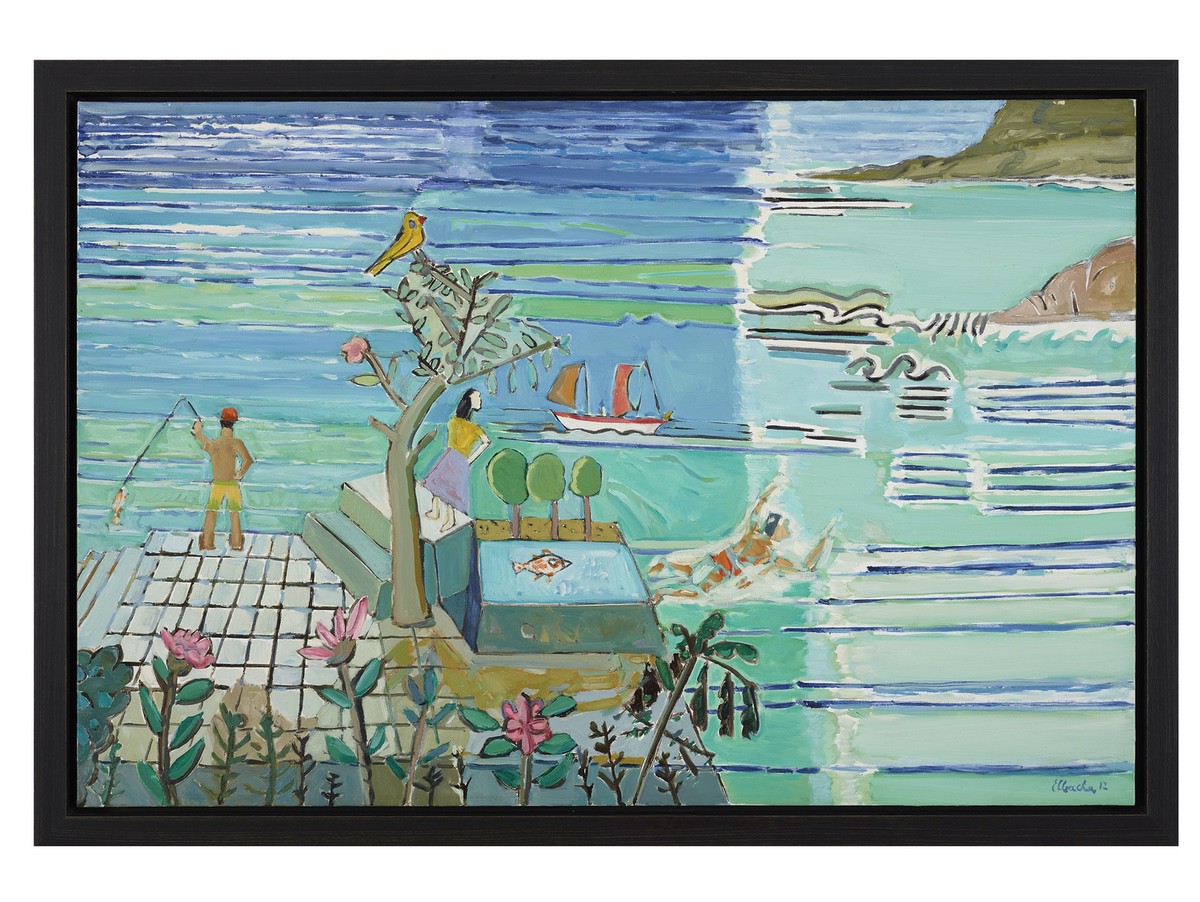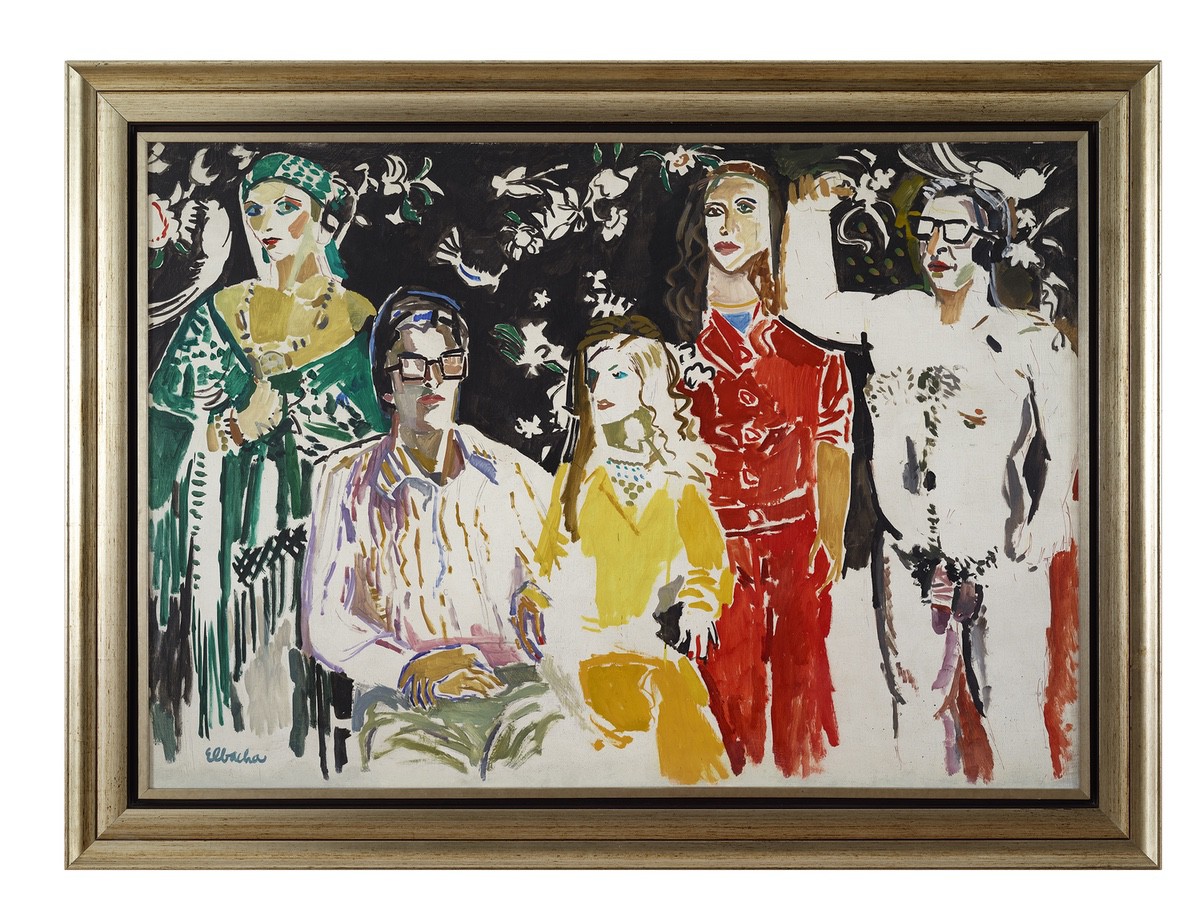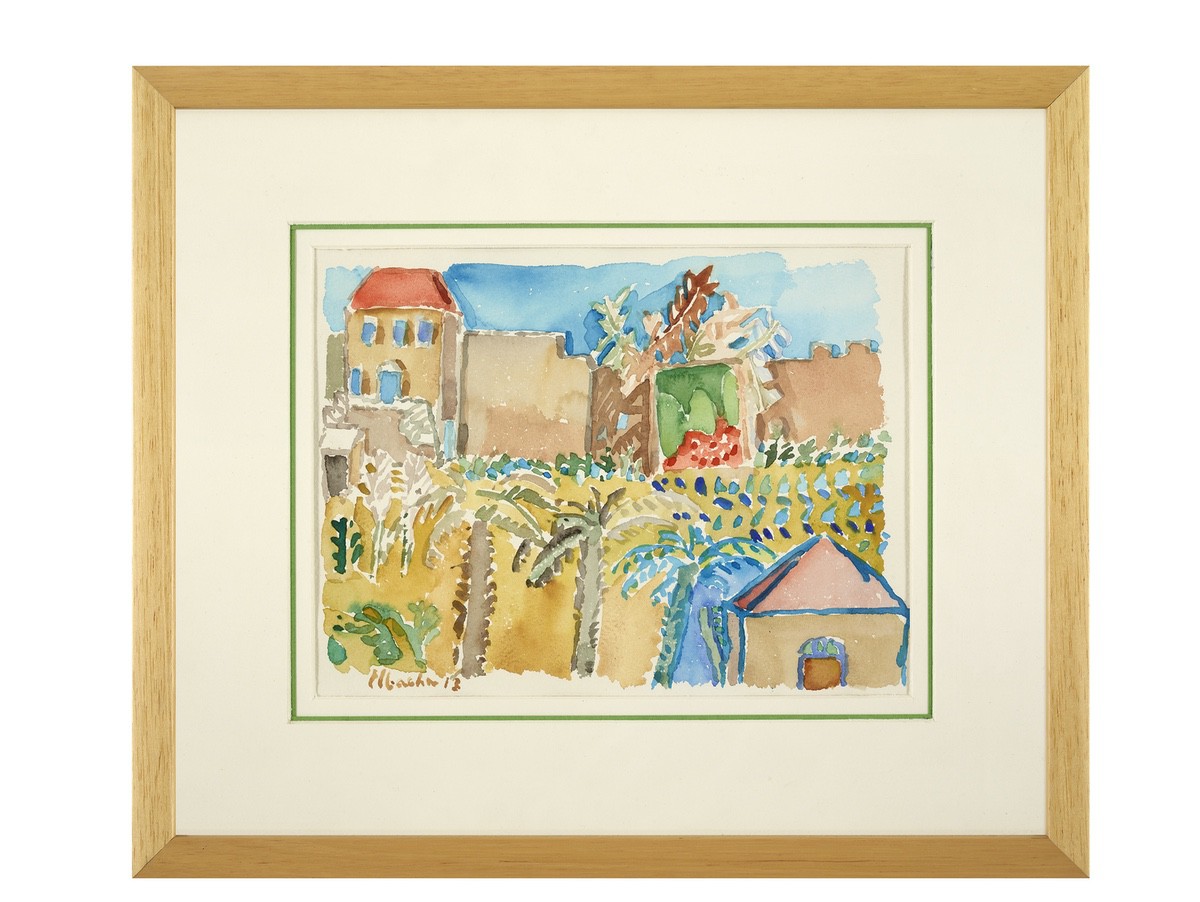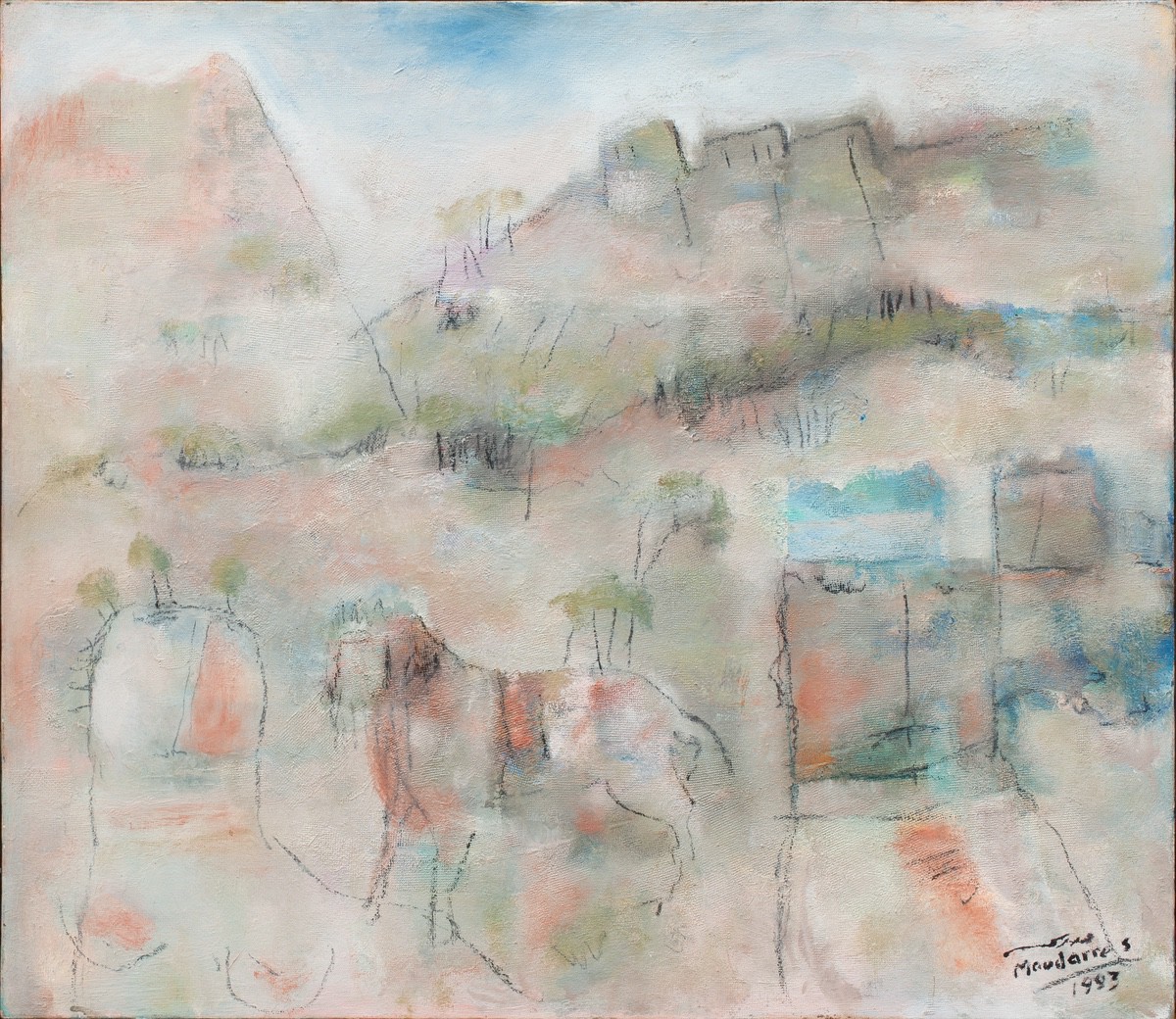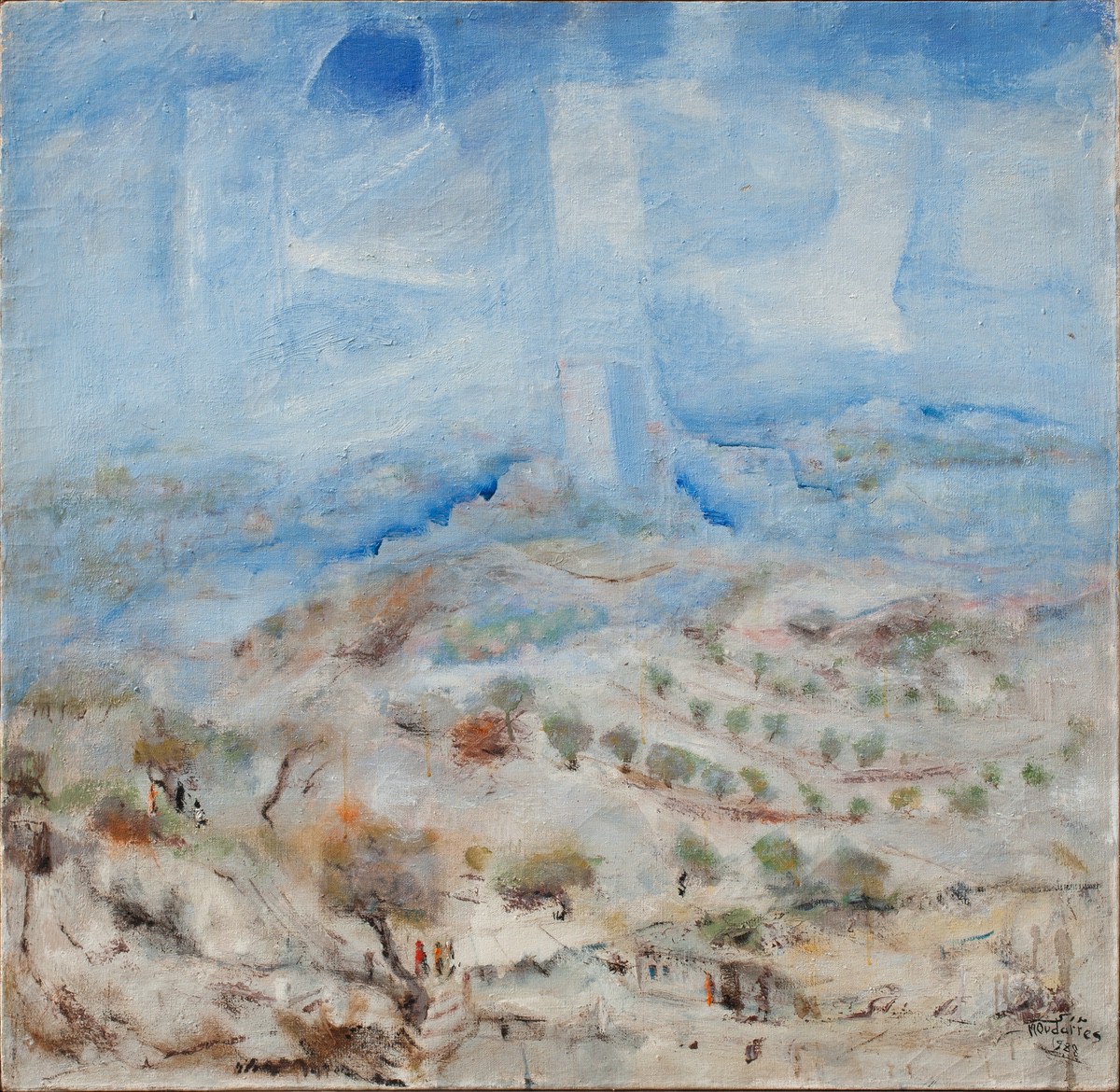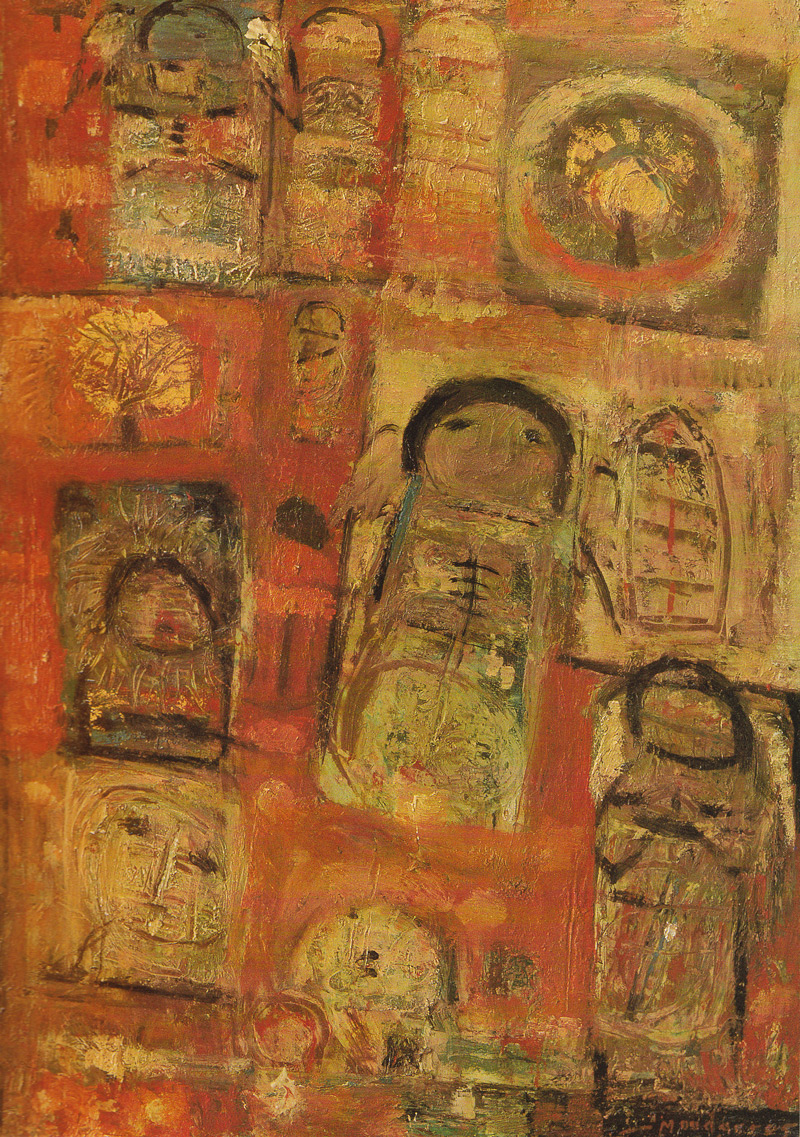
Shining on your days
Chun Kyungja
1924–2015 / Born in Goheung, Korea
Chun Kyung-ja established a unique painting style by elevating the inner side of her life she had endured into fantastic images and colors through her female figures and flowers. She spent her childhood appreciating the sea, sky, and flowers in the fields of Goheung. During the Japanese colonial period, she studied at Women’s Academy of Fine Art in Tokyo (now Joshibi University of Art and Design), returned to her hometown, and became a breadwinner of the family in her early twenties. In 1946, she worked as an art teacher at her alma mater, Jeonnam Girls’ High School, and then taught at Gwangju Teachers College and the Department of Fine Arts in Chosun University. At the time, as she experienced huge grief from the loss of her younger sister she depicted a swarm of wriggling snakes in Life Form, which is later considered as one of her masterpieces.
Chun’s tough life full of ups and downs led her artistic world to the “aesthetics of sorrow.” Her first marriage which ended quickly, and an unstable relationship with her second husband who had another family continuously brought her troubles into her life. The subjective landscape, the female figure with empty eyes, and the flowers in primary colors shown in her paintings are her way of turning the pain of reality into a fantasy. As she mentioned “painting is my alter ego,” painting was a mirror that reflects herself, a salvation, and an escape from her painful life. After the Liberation, even during the period when the number of Western painting artists increased and various experimental movements such as abstract art occurred, the artist continued her own path as a Korean-polychrome-painting artist using oriental painting materials. In 1954, by the offer of Kim Whanki, who was working at Hongik University, she moved from Gwangju to Seoul and socialized with contemporary authors and artists. Around the time, her life in Seoul was settling down and the artist felt exhausted in creativity, so from 1969 she traveled abroad on and off. Chun expanded her own art theory while following the footsteps of historical artists such as Paul Gauguin and Marilyn Monroe while travelling. In her tough life, Chun was always in solitude and loneliness, but her artworks created to relieve the sorrow and pain give emotional resonance to many people.

Oh Chiho 〈Self Portrait〉
Date unknown.

Oh Chiho 〈Port of Mokpo〉
1966.

Oh Chiho 〈Snowscape〉
1926.

Kim Whanki 〈Untitled〉
Date unknown.

Kim Whanki 〈On the Way Back〉
1950s.
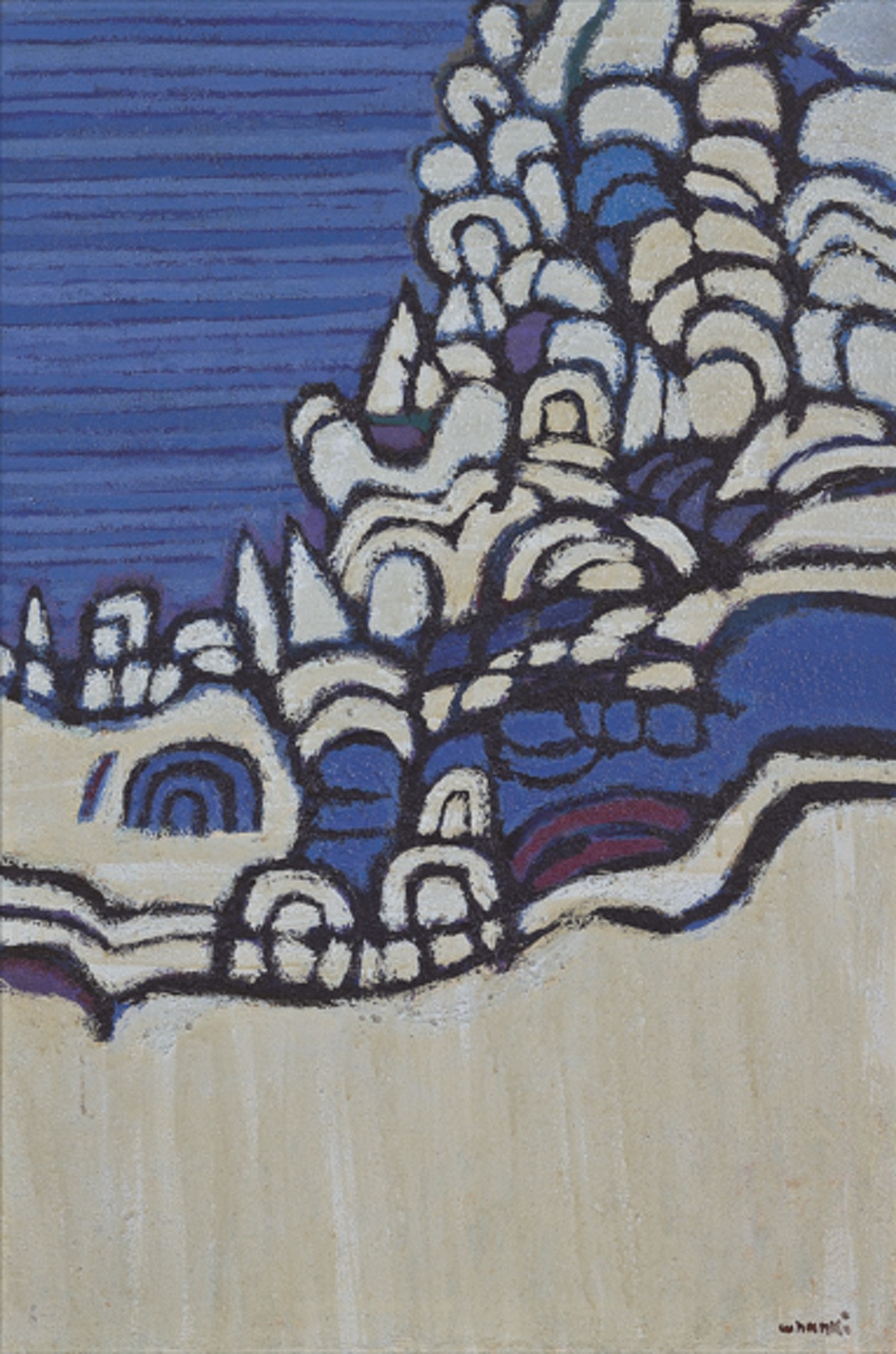
Kim Whanki 〈Island〉
1960s.

Yim Jiksoon 〈Sunset〉
Date unknown.

Chun Kyung-ja 〈Drawing No. 1029〉
Date unknown.

Chun Kyung-ja 〈Drawing No.218〉
Date unknown.

Chun Kyung-ja 〈Drawing No. 806〉
Date unknown.
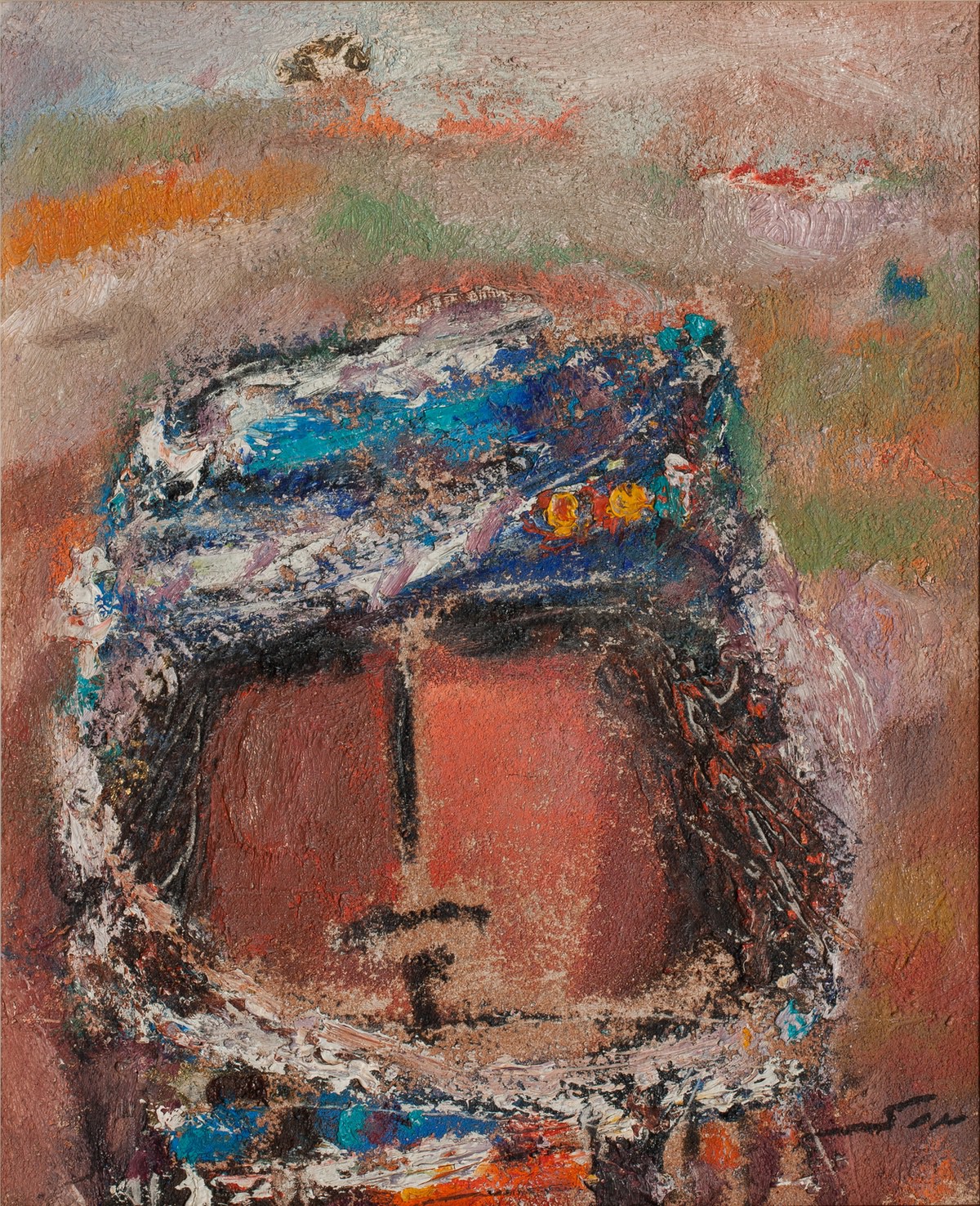
Fateh Moudarres 〈Face〉
Date Unknown.





